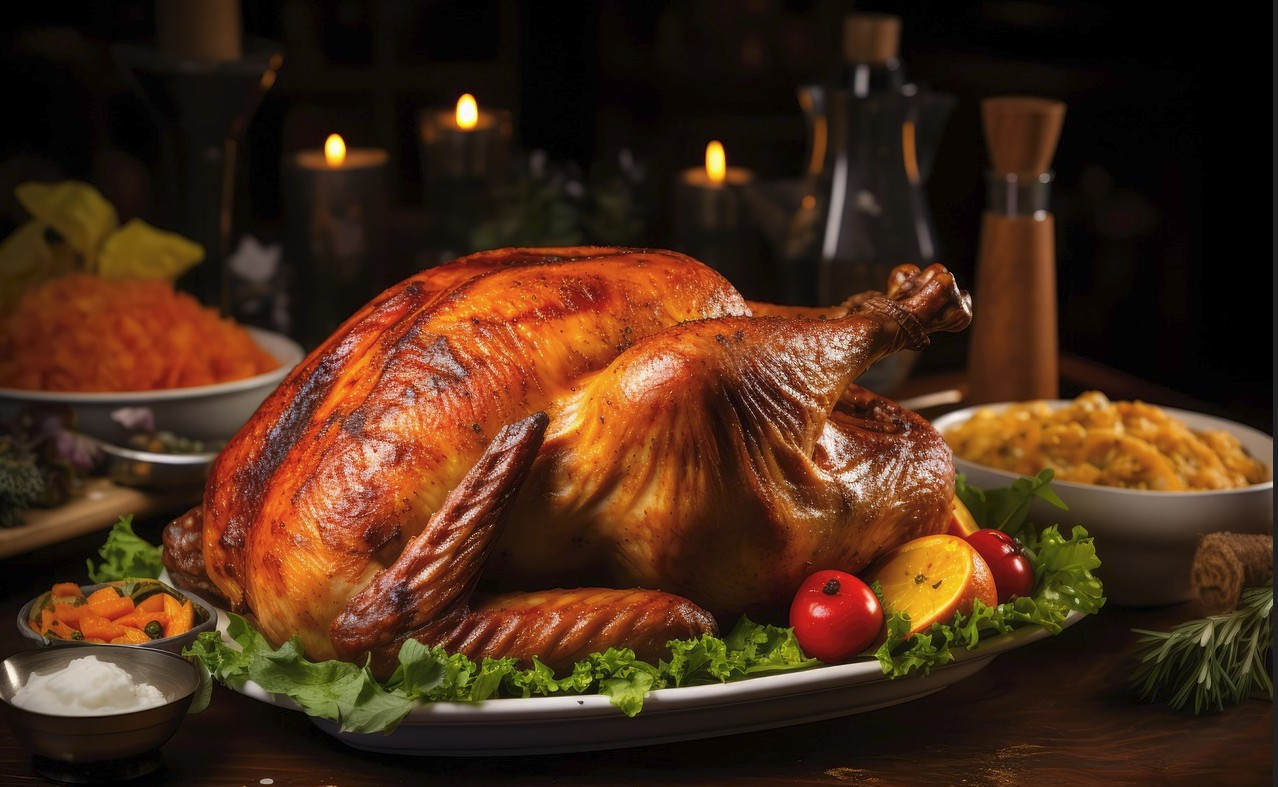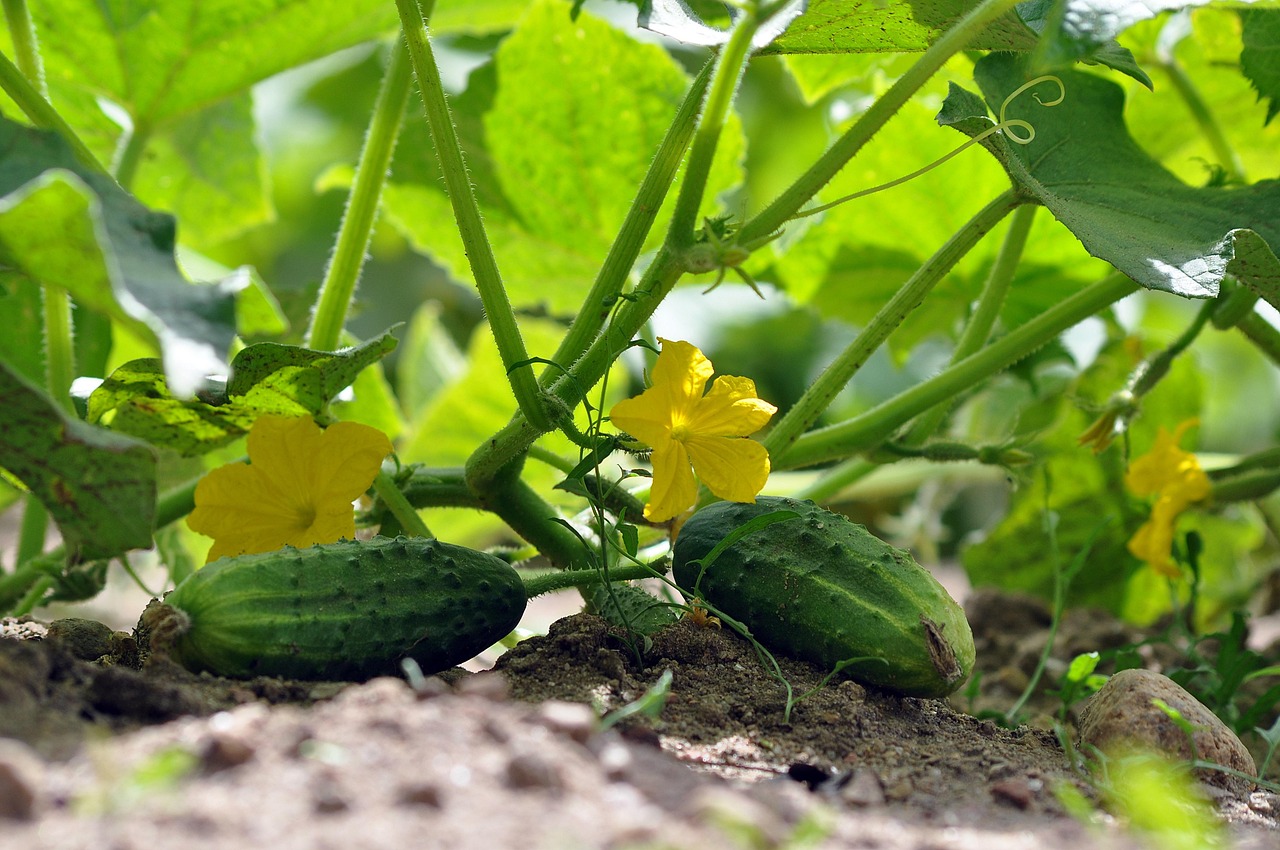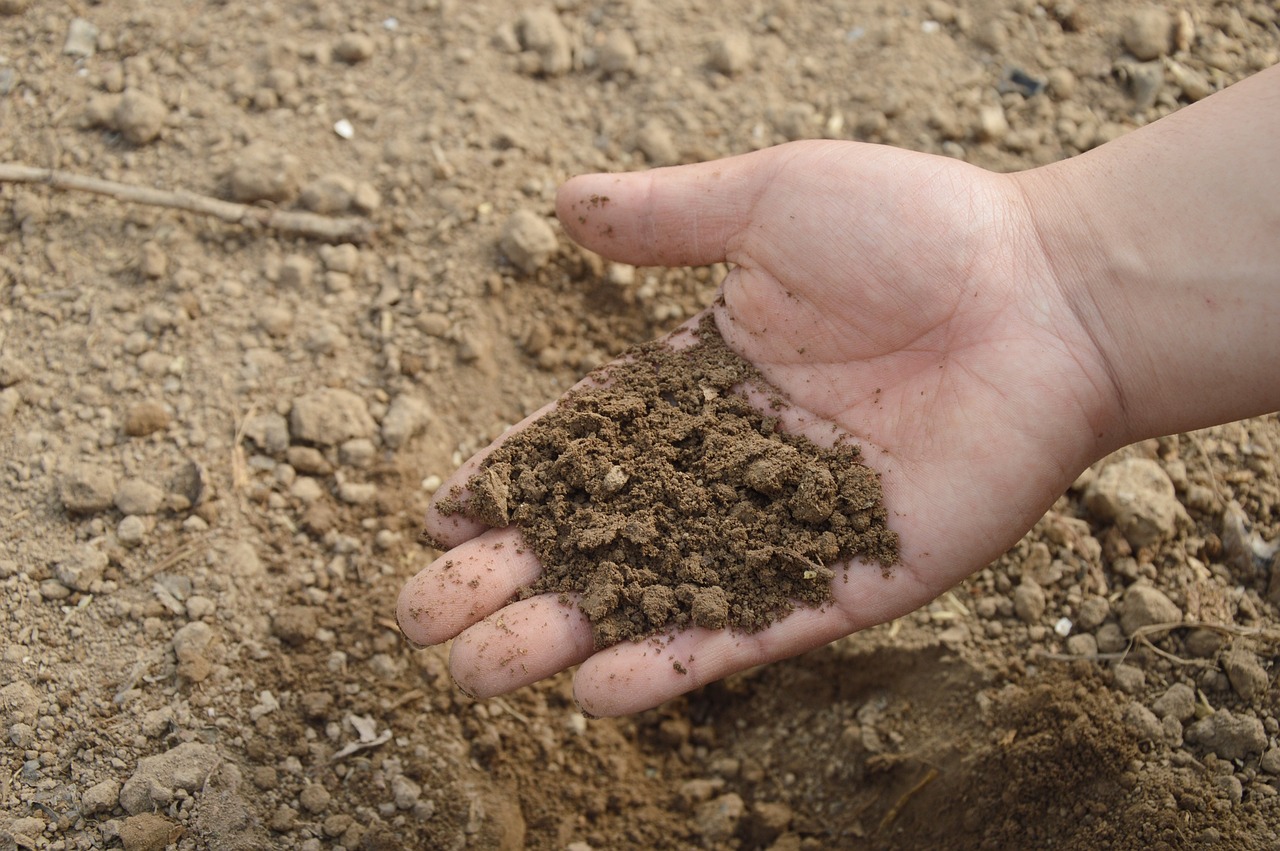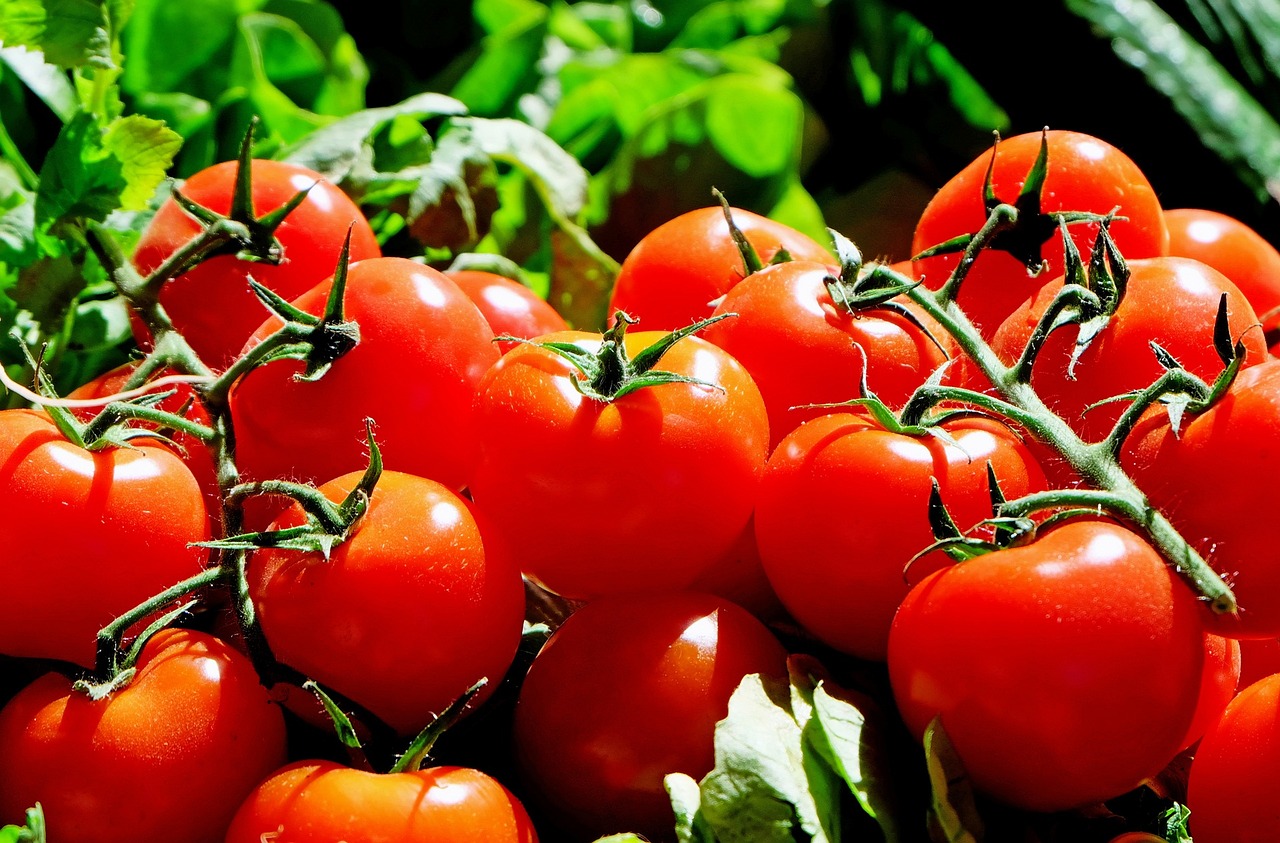Starting a vegetable garden is rewarding in many ways. You get fresh food right from your backyard or balcony. You also learn new skills and spend time outdoors. Gardening can feel overwhelming, especially if you’ve never grown food before. But here’s a simple tip: begin with these 11 easy choices for beginners. When plants almost take care of themselves, you gain confidence and want to keep going. Let’s focus on the easiest vegetables to grow.
Below are some vegetables that are perfect for beginners. They grow well with simple care and show results quickly. Even if you’re not great with plants, these veggies want to thrive for you.

- Radishes
- Lettuce
- Green Beans
- Zucchini
- Carrots
- Spinach
- Peas
- Cherry Tomatoes
- Cucumbers
- Swiss Chard
- Kale
- Essential Tips for Beginner Gardeners
Radishes
Radishes are the sprinters of the vegetable garden. They grow from seed to table in about three to four weeks. All you need to do is sprinkle the seeds over loose, well-drained soil and keep them moist. Even kids can manage it. There’s usually little fuss with pests or disease, and the quick turnaround means you’ll see your first harvest before you lose interest. Thin the seedlings once they sprout to avoid crowded roots.
Growing tip: Radishes like cooler weather, so plant them in spring or fall for the best flavor. Harvest as soon as the roots reach the size of a marble for the crunchiest, sweetest bite.

Lettuce
Lettuce is crazy flexible when it comes to space and style. You don’t need a big garden bed — a window box or a shallow container works, too. Most types germinate fast and grow quickly. You can even cut the outer leaves for salads and let the rest of the plant keep growing. It’s like a salad fountain (without the cheese fountain disaster at your last birthday party).
Growing tip: Lettuce grows best in cool, moist soil. Keep it watered, and pick leaves before the heat hits for sweet, tender greens.

Green Beans
Green beans almost seem to double overnight once they’re out of the ground. Bush types are compact, while pole beans climb up supports or trellises if you want to save space. They’re generous with their harvest, and you don’t need much skill to pick handfuls of beans every few days.
Growing tip: Plant after the last frost. Pole beans like to climb, so add something sturdy for them to wrap around. Regular picking encourages more beans to grow.

Zucchini
Zucchini plants are almost too eager. Give them sun, a little water, and some space, and you’ll soon be giving away extra squash to neighbors. They resist most pests and disease, and the harvest keeps coming if you pick the fruit often.
Growing tip: Start seeds directly in the garden after frost, or use transplants if you want a quick start. Water at the base to keep leaves dry and avoid mildew.

Carrots
Carrots need loose, sandy soil and steady moisture, but that’s about it. They’re simple to sow by scattering seeds and covering them lightly with soil. Once they sprout, keep weeds away so the roots grow straight.
Growing tip: Thin the seedlings while small, or you’ll end up with stubby, crowded carrots. Patience is key — bigger carrots take more time, but the flavor is worth it.

Spinach
Spinach is practically unstoppable during the cool part of the year. It germinates quickly and grows even when other plants sulk in chilly weather. There’s not much that bothers spinach, except for heat that makes it bolt and turn bitter.
Growing tip: Sow seeds as early as the soil can be worked. Keep the soil damp but not soggy, and pick leaves often to keep the plant producing.

Peas
Peas are friendly to first-timers because they pop up in early spring, tolerate cool air, and don’t need much fuss. They grow well on simple supports and rarely fall victim to pests. You’ll mostly spend your time shelling pods, not fighting off bugs.
Growing tip: Plant seeds as soon as you’re able to get out in the garden in early spring. Give the vines something to climb, and harvest pods before they get too plump for sweetness.

Cherry Tomatoes
Cherry tomatoes reward beginners with handfuls of fruit all summer. Many varieties shrug off disease and keep producing, even if you forget to water for a couple days. If you lack garden space, pop them in a five-gallon bucket or big pot.
Growing tip: Use a sturdy cage or support to keep heavy branches from snapping. Water at the soil level to prevent leaf problems. If you see yellow leaves, trim them off to boost air flow.

Cucumbers
Cucumbers thrive in warm weather, and they love to sprawl—or climb if you’d rather keep your harvest tidy. Even one or two plants can drown you in crisp, juicy cucumbers. The seeds sprout in less than a week when soil is warm, and fruit follows fast.
Growing tip: Plant after your soil warms up, and water evenly to prevent bitter cucumbers. Give vines a trellis or support if you want straight, easy-to-pick fruit.

Swiss Chard
Swiss chard looks fancier than most beginner veggies, with rainbow colored stems showing off under big shiny leaves. It’s tough, unfussy, and keeps giving you harvest after harvest for months. Chard ignores heat, bounces back from mild frost, and shrugs off most bugs.
Growing tip: Pick outer leaves and let the inner ones keep growing. Regular picking gives you fresh greens for months.

Kale
Kale is the rugged champion of the cool season garden. It shrugs off light frost and some pests, grows in less-than-perfect soil, and keeps producing well into late fall. The tough leaves are packed with flavor when picked young.
Growing tip: Sow seeds directly, or plant seedlings for a jumpstart. Harvest individual leaves from the bottom up to keep the plant going.
Essential Tips for Beginner Gardeners
Starting your first garden is exciting but can feel overwhelming. Here are some tried-and-true tips that make the process smoother and help you get the most from your crops:
- Water deeply, not often. Plants like a deep drink instead of little sips. Water in the morning to keep leaves dry.
- Prep your soil. Good soil is loose and crumbly. Add compost if you can; it’s like a vitamin shot for your plants.
- Pick the right spot. Most vegetables need at least six hours of sun a day. Watch out for shade from fences, trees, or buildings.
- Don’t overcrowd. Give plants space to grow. Read the seed packets for info on spacing. Crowded beds invite disease.
- Start small. A few square feet or even containers are enough to begin. Too much space can be hard to keep up with and weeds love it.
- Watch for pests. Look under leaves and check for holes or webs. A strong burst from a hose often takes care of small bugs.
- Pay attention but don’t stress. Mistakes happen. Plants want to live! Sometimes just leaving them alone is best.
Starting with easy-to-grow vegetables helps new gardeners see quick results and stay motivated. When you pick fresh salad greens or snap a crunchy bean, it feels rewarding—maybe even makes you want a little dirt under your nails. These veggies don’t need perfect care, just some attention and a willingness to try. Begin with a few favorites, keep it simple, and have fun experimenting. You’ll be amazed at how fast your garden and confidence grow. Enjoy planting!













